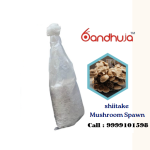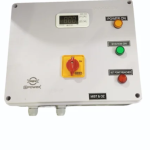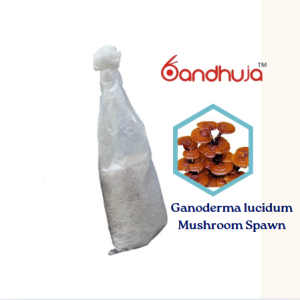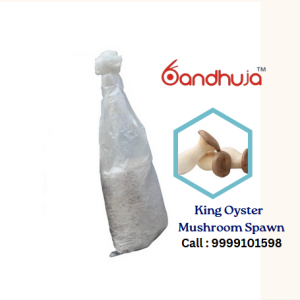Description
Reishi mushroom farming, involving the cultivation of Ganoderma lucidum, is a specialized agricultural practice that has gained popularity due to the mushroom’s medicinal properties and health benefits. Known as “Lingzhi” in Chinese, reishi mushrooms have been used in traditional medicine for thousands of years and are often referred to as the “mushroom of immortality.” Here’s a comprehensive overview of reishi mushroom farming:
1. Growing Conditions
Reishi mushrooms thrive in specific environmental conditions, which include:
Temperature: The ideal temperature for growing reishi mushrooms ranges from 70°F to 85°F (21°C to 29°C). They prefer warmer conditions during the fruiting stage.
Humidity: High humidity levels (around 85-95%) are crucial for optimal growth. Maintaining humidity helps prevent the mushrooms from drying out and promotes healthy fruiting.
Light: Reishi mushrooms require low light conditions. They do not need direct sunlight, and indirect light is sufficient for their growth.
2. Substrate Preparation
Reishi mushrooms can be cultivated on various substrates, with the following being the most common:
Hardwood Sawdust: This is the most widely used substrate for reishi cultivation, providing the necessary nutrients for growth.
Wood Logs: Freshly cut hardwood logs can also be used, particularly for outdoor cultivation.
Agricultural Byproducts: Other materials, such as straw or corn cobs, can be utilized as substrates, making the process more sustainable.
The substrate must be properly prepared and sterilized to eliminate contaminants before inoculation.
3. Spawn Inoculation
Mushroom spawn, which contains the mycelium of the reishi mushroom, is used to inoculate the prepared substrate. This process is typically done in a clean environment to minimize contamination. The spawn is mixed thoroughly with the substrate and placed in bags or containers.
4. Colonization
After inoculation, the substrate is placed in a dark, warm environment to allow the mycelium to colonize. This process usually takes about 2 to 4 weeks, depending on the substrate and environmental conditions. During this time, the mycelium spreads throughout the substrate, breaking it down and preparing for fruiting.
5. Fruiting
Once the substrate is fully colonized, conditions are adjusted to initiate fruiting:
Temperature: Slightly lower temperatures may be introduced, typically around 70°F to 80°F (21°C to 27°C).
Humidity: Humidity levels should be maintained or increased to promote healthy growth.
Fresh Air: Adequate ventilation is crucial to prevent carbon dioxide buildup and encourage the development of fruiting bodies.
After a few days, small mushroom pins will begin to form, eventually developing into mature reishi mushrooms.
6. Harvesting
Reishi mushrooms are typically harvested when they have reached a mature size and their caps have developed a glossy appearance. Harvesting is done by cutting the mushrooms at the base to avoid damaging the surrounding mycelium, allowing for subsequent flushes.
7. Post-Harvest Handling
After harvesting, mushrooms should be cleaned and dried properly to maintain their medicinal properties. Reishi mushrooms are often dried for long-term storage and can be sold in various forms, including whole, powdered, or as extracts. Proper handling is essential to prevent spoilage and preserve quality.
8. Challenges in Reishi Farming
Pest and Disease Management: Common pests include insects and molds. Implementing good hygiene and pest management practices is essential.
Market Demand: Understanding local market trends and consumer preferences can help farmers maximize sales.
Environmental Control: Maintaining optimal growing conditions can be challenging, especially in fluctuating climates.
9. Economic Viability
Reishi mushroom farming can be a profitable venture due to the growing demand for medicinal mushrooms. With relatively low startup costs and the ability to grow on various substrates, it offers opportunities for both small-scale and commercial farmers. The unique health benefits and increasing popularity of reishi mushrooms can also command higher prices in the market.
Conclusion
Reishi mushroom farming is a sustainable and rewarding agricultural practice that can be pursued by both beginners and experienced growers. With the right techniques, knowledge, and attention to detail, farmers can successfully cultivate reishi mushrooms and tap into a growing market, contributing to both their income and the availability of this highly valued medicinal mushroom.








 Mushroom growth promoter fertilizer – Fungi Tonix -1 Liter
Mushroom growth promoter fertilizer – Fungi Tonix -1 Liter